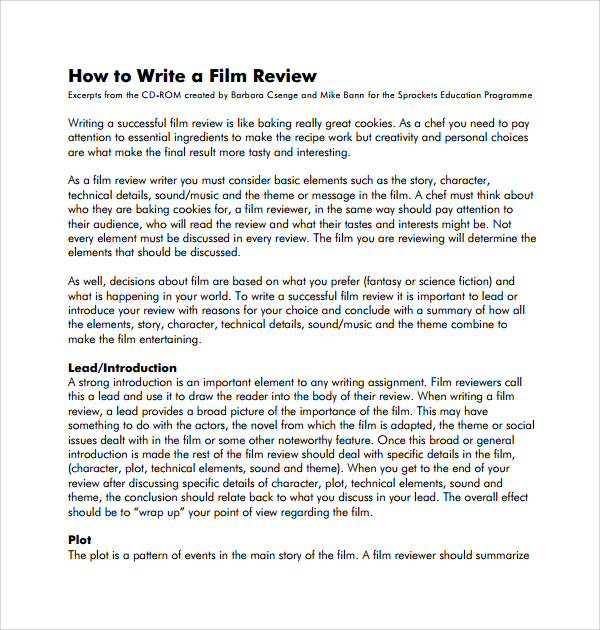

Over the years, Storyspace has been reimplemented for new computing environments. Storyspace hypertexts were widely reviewed, admired and reviled, and many continue to be taught and studied.

From the start, it offered a versatile visual map of node-link hypertexts organized with a hierarchical backbone, the capability of multiple perspectives and views, and directional dynamic links whose behavior could depend on the reader’s trajectory through the hypertext. Storyspace 1 is a stand-alone, monolithic hypertext writing and reading environment, one chiefly intended for reading and writing hypertext narrative. What had once required many hands and many dollars had now to be reproduced as a part-time summer project by a single hand.
#Storyspace review story writing software
Software development tools and methodologies have advanced substantially. Still, we have learned a great deal about hypertext systems since 1987. More recently, novelist Paul La Farge attributed the failure of previous efforts to create sustained narrative in hypertext fiction to Storyspace’s impoverished visual design. This has long been the case Janet Murray once remarked that Storyspace’s shortcomings reflected the dearth of resources available to humanities computing. STORYSPACE Resources on this scale are not readily available for developing hypertext systems today. Writing of Storyspace 1, like other first-generation hypertext systems, was a substantial undertaking. Development was funded in part by a grant from the Markle Foundation, with support from Broderbund software, the University of North Carolina, Jackson (Michigan) Community College, as well as the Roger Schank’s Artificial Intelligence lab at Yale, where Storyspace authors Michael Joyce and Jay David Bolter were visiting fellows in successive years. Though Storyspace was perhaps the smallest of the first generation hypertext systems, its implementation demanded substantial resources. We want the experience to conform to the author’s expectation (intention here is a suspect quality), but of course we need not mimic every incidental detail, shortcut and flaw. We prefer economy, but are willing accept a measure of expense. We prefer convenience, but are willing to take a certain amount of trouble. Our interests are not those of the bibliographer, the book collector, or the media archaeologist: we simply want to read about (or teach our students about) the fellow who wants to say that he may have seen his son die this morning. Yet afternoon is still the same, and we still want to read afternoon. Over time, the constraints and design forces on hypertext systems have changed. This was once the core concern of this conference, but few new systems have a been described in these Proceedings in recent years.

INTRODUCTIONWe seldom discuss the design and implementation of hypertext systems anymore. KeywordsStoryspace, hypertext, hypermedia, literature, fiction, education, design, implementation, support, history of computing, maps, links. A number of surprising new facilities, many of them originally proposed in contrast or opposition to Storyspace, can be supported without altering or complicating the underlying Storyspace node and link model. This has been undertaken, with modest resources and in a short time frame. A new implementation of Storyspace for contemporary computing environments is clearly desirable. Coverley's "Califia" Stuart Moulthrop's "Victory Garden" The chapter on Stuart Moulthrop's "Victory Garden" Megan Heyward's "of day, of night" Documentation of Megan Heyward's "of day, of night" Mark Bernstein's "Those Trojan Girls" Documentation of Mark Bernstein's "Those Trojan Girls" Authors' and Contributors' Bios The bios of those who authored and produced Rebooting Electronic Literature Dene Grigar ae403ae38ea2a2cccdec0313e11579da14c92f28 Nouspace Publications | Washington State University Vancouver "Storyspace 3" by Mark Bernstein 1 T14:15:45-07:00 Dene Grigar ae403ae38ea2a2cccdec0313e11579da14c92f28 36187 12 plain T13:47:19-07:00 Holly Slocum 87a15d5be5d5713ba3f952eaf71119eff38132d4 ABSTRACTStoryspace was introduced in one of the first papers presented at the first ACM Workshop on Hypertext, and gave rise to a number of significant hypertexts, both fiction and nonfiction. Rebooting Electronic Literature Volume 3 : Documenting Pre-Web Born Digital Media Main Menu Introduction to Rebooting Electronic Literature, Volume 3 Documentation of pre-web works of electronic literature from the library of the Electronic Literature Lab Michael Joyce's "afternoon, a story" Documentation of Michael Joyce's "afternoon, a story" M. Please enable Javascript and reload the page. This site requires Javascript to be turned on.


 0 kommentar(er)
0 kommentar(er)
